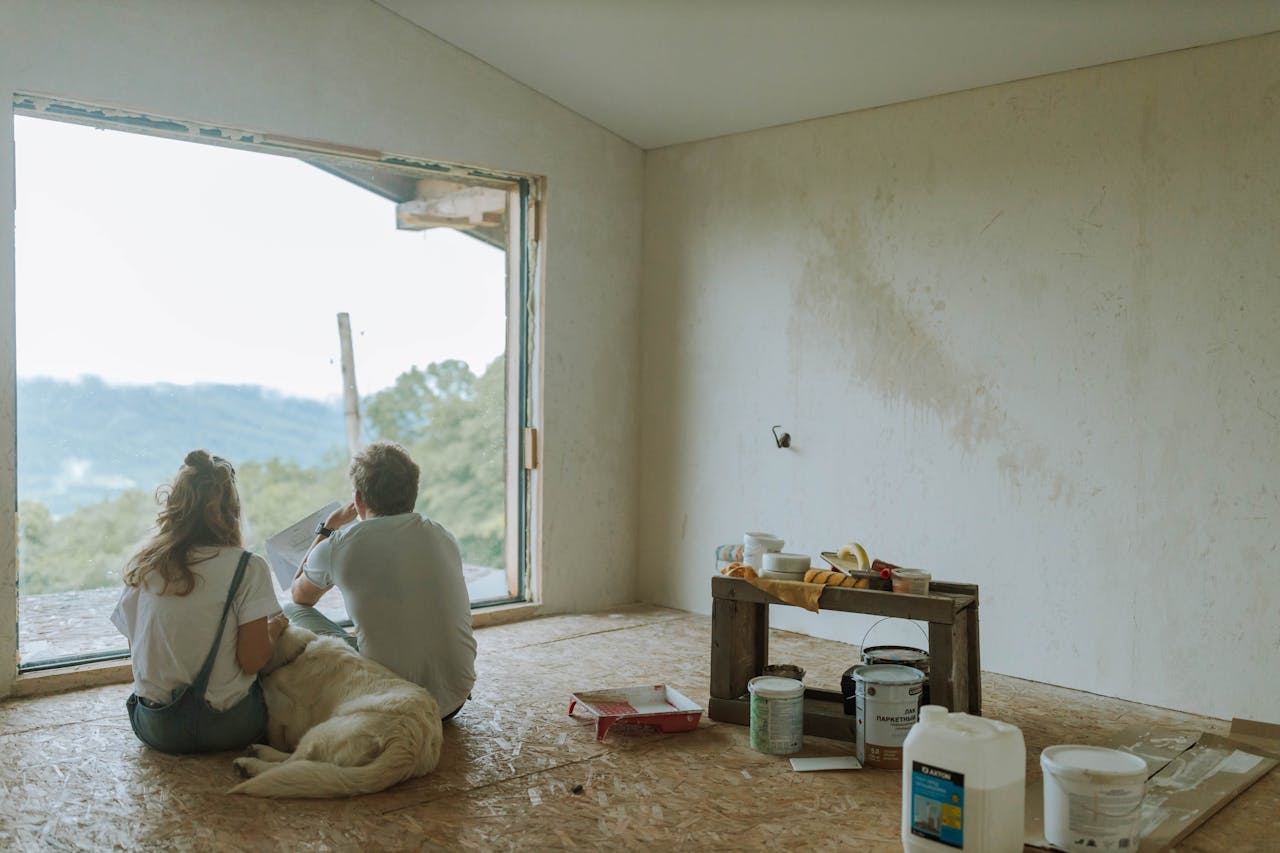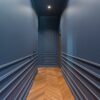A whole-home renovation brings a chance to refresh your space from the ground up. Most people focus on the fun parts—paint colors, kitchen cabinets, and open-concept layouts. While these choices matter, what sits behind the walls matters just as much. If your renovation skips over the main systems that run your home, you might miss the perfect window to fix long-term problems or update for the future.
Doing the cosmetic upgrades without touching the core systems could lead to added expenses later. Once the walls are closed up, replacing wiring, ductwork, or plumbing gets harder and more expensive. That’s why it makes sense to review these systems before construction starts. Getting it done while access is open saves time, effort, and money down the road.
Start with Your HVAC System
Your heating and cooling system plays a major role in how your home feels all year long. It also affects how much you pay on your monthly energy bill. Older systems tend to be large, loud, and wasteful. If your unit is more than 10–15 years old, there’s a good chance it doesn’t perform like it used to.
A full-home renovation gives you a perfect chance to look at how your HVAC system is sized and placed. Newer units take up less space, run more quietly, and use energy much more efficiently. It’s also easier to update ductwork or install better return vents when you’re already tearing into walls or ceilings.
This is also the right time to think about what type of refrigerant your system uses. Many older AC units rely on types that are being phased out across the country. If you’re planning to upgrade your system, make sure you’re aware of the new 2025 refrigerant requirements that could impact what type of air conditioning unit you install. These rules affect which systems are allowed on the market and what refrigerants they use moving forward.
Choosing a system that meets those standards helps you avoid having to replace or modify it just a year or two later. It also gives you access to newer technology that supports energy savings and better performance.
Once the system is chosen, use the renovation timeline to get the work done at the right point. It’s much easier to run ductwork or update lines before drywall goes in, not after.
Electrical Panel and Wiring
Older homes weren’t built for modern power needs. If you’re planning
to add new appliances, expand your square footage, or set up a smart
home, your current electrical panel might not be up to the task.
This is the right moment to check the panel size, wiring condition,
and number of circuits. Adding more outlets or dedicated lines now can
prevent overloaded breakers later. You’ll also want to replace outdated
or worn wiring or maybe even go for a complete electrical panel replacement if required, for safety and peace of mind.
Plumbing and Water Heaters
Plumbing systems often get overlooked during renovation projects, until something leaks or clogs. If your home still has older galvanized steel or polybutylene pipes, this is a good time to upgrade. These materials can corrode or become brittle over time, leading to low water pressure and plumbing failures.
Switching to copper or PEX piping can improve water flow and reduce the risk of damage later. Since your walls or floors might already be open during the remodel, this work becomes much easier to complete. Plumbers can reroute lines more cleanly and add shutoff valves where needed.
If your current water heater is more than 10 years old, look into a replacement. A tankless model saves space and heats water on demand, which helps reduce energy use. You’ll also have more flexibility when laying out your utility areas, closets, or garage if you go with a smaller or wall-mounted option.
Insulation and Air Sealing
Your home’s insulation plays a big part in temperature control. During a major renovation, it makes sense to check the attic, exterior walls, and basement or crawl space. Older homes often have underperforming insulation, especially in hard-to-reach areas that haven’t been touched in years.
Since renovation work often involves opening walls, this is a great time to add or replace insulation without tearing things apart later. Fiberglass batts, spray foam, or blown-in cellulose can all help regulate indoor temperature and make your home quieter. It’s also the perfect opportunity to consider other improvements that enhance the home environment. For example, installing skylights from trusted providers like addlite.co.uk and similar others that can brighten interiors and fill your home with abundant natural light, creating a more open and airy atmosphere.
Along with insulation, focus on air sealing. Gaps around windows, doors, pipes, and framing joints allow heat or cold to slip in and out. Sealing these areas with caulk, foam, or weatherstripping helps reduce drafts and eases the load on your HVAC system once the work is complete.
Smart Home Infrastructure
Smart tech is now part of daily life for many households. If you’re doing a full renovation, it’s smart to lay the groundwork for a connected home—even if you’re not ready to install every gadget yet.
Think about where you’d want smart thermostats, lights, security cameras, or built-in speakers. Pulling wires during construction is easier and cleaner than drilling through finished drywall. Place outlets and Ethernet ports in key areas to support future upgrades.
Central control panels, hidden cable routing, and backup battery systems can also be added during this stage. These features help your home run more efficiently and give you more control over lighting, temperature, and security from your phone or tablet.
Ventilation and Air Quality Systems
Good airflow affects your comfort and health. During a renovation, you have access to ductwork and ceiling cavities, which makes it easier to install better ventilation systems. Consider adding a whole-house fan, energy recovery ventilator (ERV), or high-quality air purification unit.
These systems help move fresh air through the house and remove pollutants, dust, and moisture. This is useful in newer homes built tighter for efficiency, where air doesn’t circulate as easily. In addition to this, some homeowners might also consider installing a skylight, which can open to allow hot, stale air to escape and fresh air to enter. While this option can offer natural light and improve airflow, it might be worth considering the skylight installation price, which can depend on whether you choose a fixed or a ventilating model.
If someone in your home has allergies or breathing problems, a dedicated air system can make a real difference. Adding it during construction avoids the mess and cost of retrofitting later.
A full-home renovation is the perfect time to go beyond surface-level updates. Taking a close look at these systems now saves time, avoids future repairs, and helps your home function better for years to come. Think of it as an upgrade to how your home actually works, something you’ll appreciate long after the dust settles.









